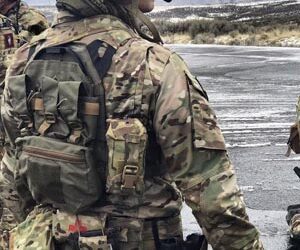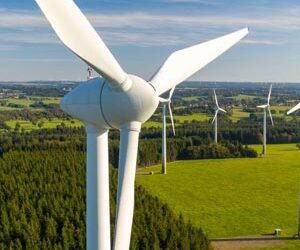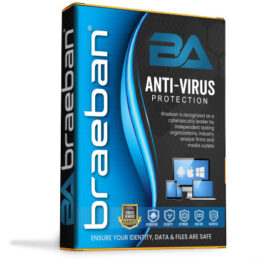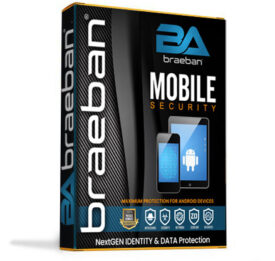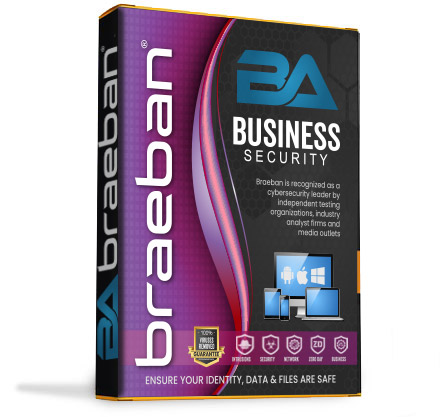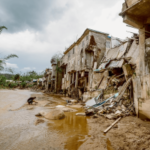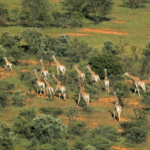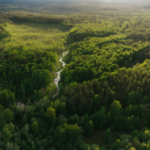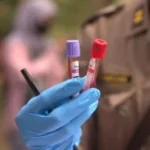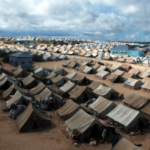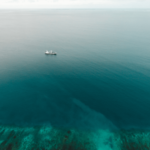Deploy in seconds, arrive within minutes
Drones have revolutionized the way we respond to disasters.
In the past, responders had to rely on traditional methods of transportation and search and rescue missions. These methods were often time-consuming and costly, not to mention dangerous for the responders.
Drones, however, provide a much faster and more efficient way of responding to disasters. They can be used to quickly assess the situation, locate victims, and even deliver supplies and aid.
This article will explore the potential of drones in disaster response and the benefits they offer over traditional methods of relief and the potential solutions that are being explored.
Benefits of drones in emergency services
Emergency services across the country could benefit from using drone technology in a variety of ways:
How drones are used in emergency management?
First responder drones are now being used in a variety of ways to help people in emergencies. From providing critical information to delivering vital supplies, drones are proving to be an essential tool in emergency situations.
Thareon Drone Mapping Software
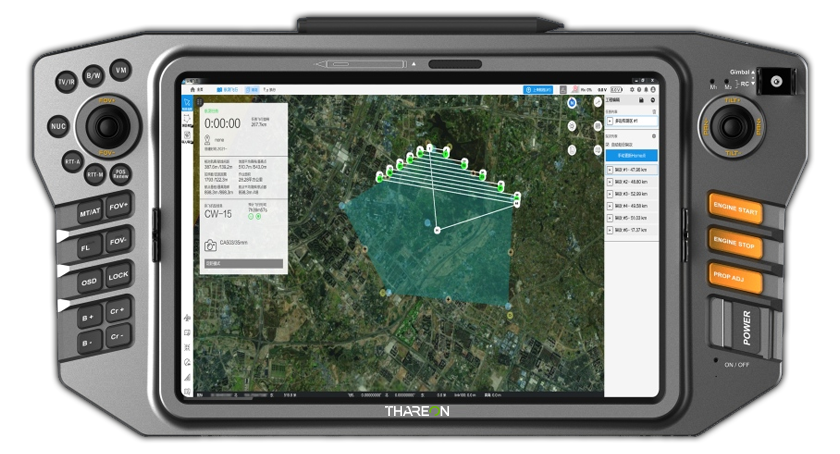
Main applications of drones for good
Drone applications are expanding each day – not only due to rapid technical developments but also constantly emerging creative approaches to pressing problems. How to utilize a UAV is an open question – currently, the most popular ways in the sector revolve around monitoring flora and fauna and providing support in high-risk areas.
Elevate your operations with Braeban
A fixed-wing VTOL UAV is easy to employ and operate and is an accessible tool for virtually anyone who is ready to explore drone security. A drone can be conveniently transported, quickly collected and ready for an operation in a few minutes. Unlike traditional aircraft, they do not require a runway for take-off or landing, allowing them to be deployed in a variety of environments.
Some drones are even capable of performing missions fully autonomously, eliminating the need for constant human control. This makes any surveillance
and mapping task go smoothly from the beginning to the point of packing the drone back up.
With the rapid acceleration of technology in recent years, the gap between commercial and military drones is closing rapidly. Today, VTOL (Vertical Take-Off and Landing) UAVs offer a serious alternative to traditional military drones, with longer flight times, improved sensors, and military-grade capabilities.
Braeban vtol Drone
Let us show you how BRAEBAN CAN MAKE A DIFFERENCE
To find out how Braeban Aeronautics can assist with your specific requirements, contact us for a confidential discussion.
SEND US A MESSAGE
CONTACT INFORMATION
Do you have questions about how Braeban can help your company? Send us an email and we’ll get in touch shortly.


